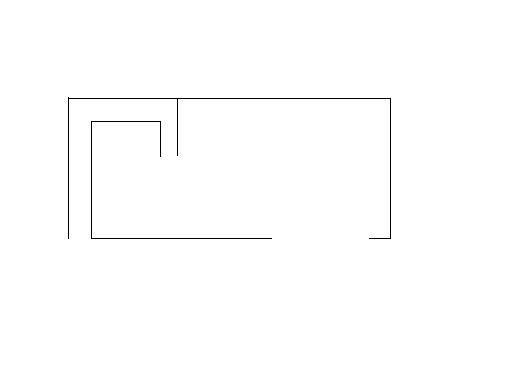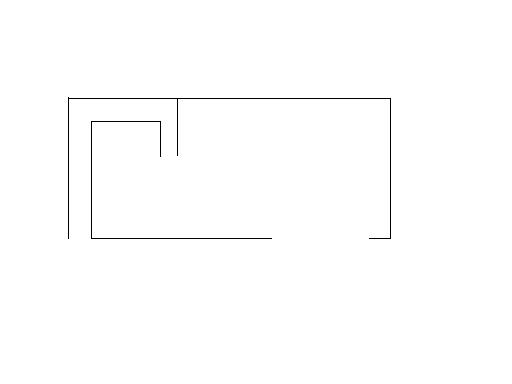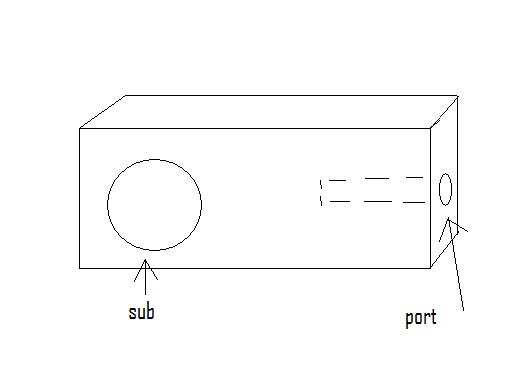DYohn wrote:
| Another reason to use a shorter VS a longer port when possible is because it affects acoustic timing (specifically group delay.) |
|
|
I didn't consider that as I'm not accustomed to seeing changes in group delay (with varying port lengths) using the two programs WinISD Pro and Unibox. A port tube can certainly turn into a "pitchfork", though, if it is extraordinarily long and especially if it's not stabilized along its length. If you are lucky enough to be able to get the port diameters "just right", there will be no bends and the port will fit easily one way through the box. Your main consideration, however, is port noise. The length will necessarily be what it has to be when you get the port diameter large enough to overcome noise.
johnny k-doe wrote:
| All the info I find regarding port placement usually says to keep it its diameter length away from walls, other ports, & the sub, and also to have the port vent on the same side of the box that the subwoofer is mounted. How true are these, and why? The subs face upwards, and the vents fire into the cabin. Is there something wrong with this design? |
|
|
I can't think of any acoustic problems that would be caused by allowing the port to be closer to the side of the box than its diameter. The fact is, most slot ports are built so that the port wall actually IS the sidewall of the box. But the space at the free end of the port is important! It is there where you want to make sure you leave that extra space. There is a small amount of space at both ends of a port that combine to function with the air in the port. This entire length of airspace is known as the "acoustical port" and is necessary for proper function and tuning. That means to leave plenty of space (the diameter of the port is the basic guideline, if the port is round) at the inside port opening, as well as to leave clearance at the port opening on the outside of the box.
Then what if the port is 12" X 1.5" slotted? Use the equivalent diameter of that opening if it were round, which would be about equal to a 5" round port...so you would want to leave 5" of free airspace at the open end of the port.
I built my main home speakers with the bass woofer ported to the rear. I think they sound just great, but then again I didn't design and test them any other way to do a comparison. It's a case of design tradeoffs: I didn't want the port on the front because I didn't want to see it. I think it would have messed up the whole Feng Shui of the design ;). But its a case there where the tuning is ultra low, into the sub range, and isn't critical to the sound of the woofer. It's mainly there because the parameters called for it. In the case of a car sub, however, the tuning is often an important part of the sub's impact and so it's more important to have the port firing alongside the driver, on the same baffle and in the same direction.
Know this, while you are designing the box: the driver and port act in harmony with one another in producing the sound. It makes the most sense that they should have the opportunity to send their soundwaves along basically the same path to your ears. Design as such if your box will permit it. But porting directly into the cabin while the driver is turned toward the trunk? No. At least, if the port has to be on a different baffle, face both the driver and port into the same airspace; if it's a trunk, they should both fire into the trunk.
Build the box so that it performs well in the worst case scenario and, in return, it will reward you at all times.
 Printable version
Printable version












 Using WinISD to make sure the vent mach is appropriate, does the port size affect the sound to a noticeable degree? i.e. a narrow port versus a wider port? For example, a port 13" x 1" versus 13" x 2"? Directly related to this question, does the length of the port affect the sound to a noticeable degree? (Using the same example, 4.5" vs. 13.5"?) Perhaps a better way to put this question is: would there be a difference in the sound of a subwoofer using a port 13 x 1 x 4.5 versus 13 x 2 x 13.5 , keeping the size of the box constant?
On the same topic, how do bends in the vent affect the sound? (The picture example above versus the one below?)
Using WinISD to make sure the vent mach is appropriate, does the port size affect the sound to a noticeable degree? i.e. a narrow port versus a wider port? For example, a port 13" x 1" versus 13" x 2"? Directly related to this question, does the length of the port affect the sound to a noticeable degree? (Using the same example, 4.5" vs. 13.5"?) Perhaps a better way to put this question is: would there be a difference in the sound of a subwoofer using a port 13 x 1 x 4.5 versus 13 x 2 x 13.5 , keeping the size of the box constant?
On the same topic, how do bends in the vent affect the sound? (The picture example above versus the one below?)
 I am sure there are places to find this information, I just can't seem to find them.
Thank you!
I am sure there are places to find this information, I just can't seem to find them.
Thank you!







 This particular one (is actually two subs; basically two of these put together. Polk db12, if you want to know) is in a friends Ford Escort coup. The subs face upwards, and the vents fire into the cabin. Whenever it's not so loud that you can't think straight, it sounds good. Is there something wrong with this design?
Thank you!
This particular one (is actually two subs; basically two of these put together. Polk db12, if you want to know) is in a friends Ford Escort coup. The subs face upwards, and the vents fire into the cabin. Whenever it's not so loud that you can't think straight, it sounds good. Is there something wrong with this design?
Thank you!
